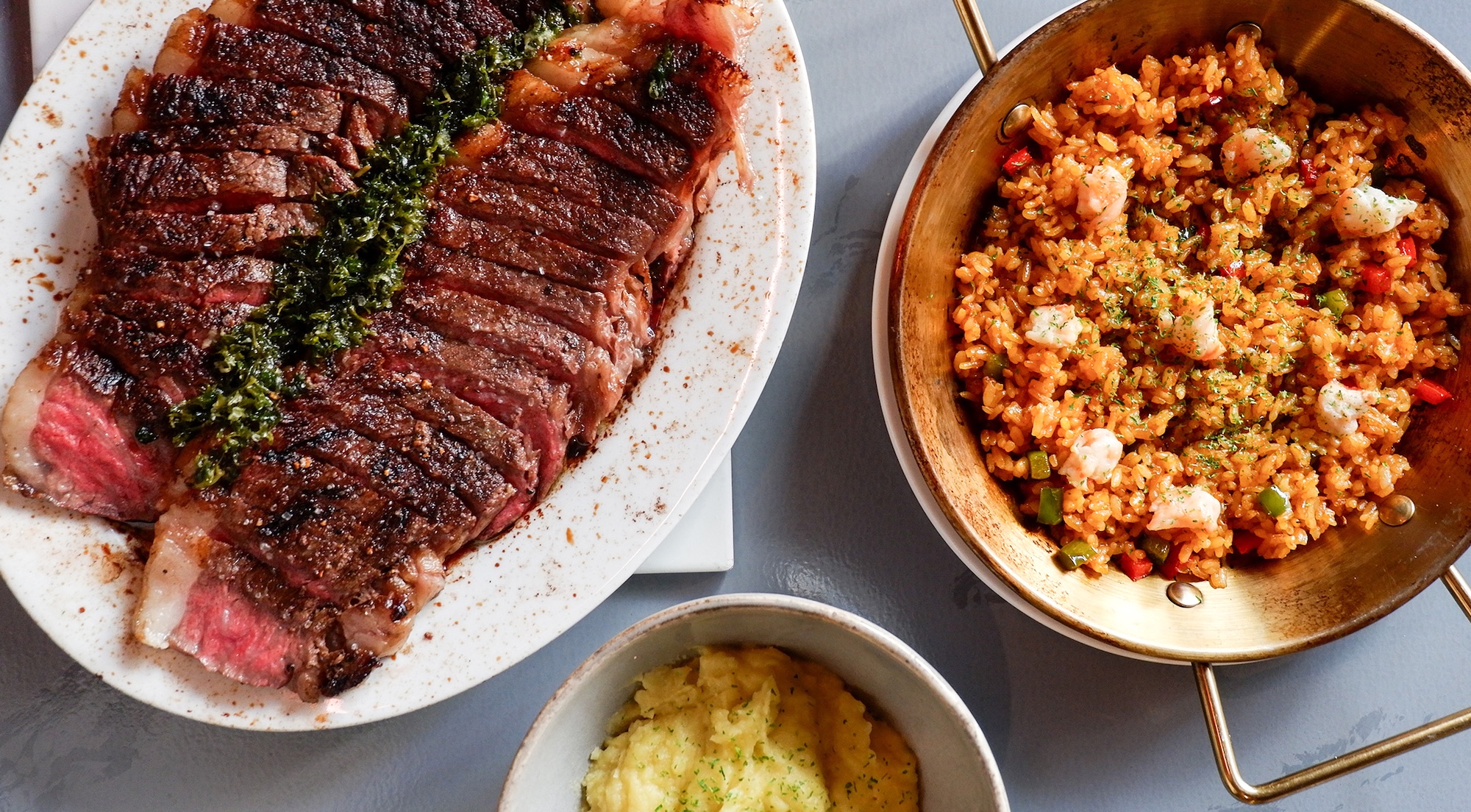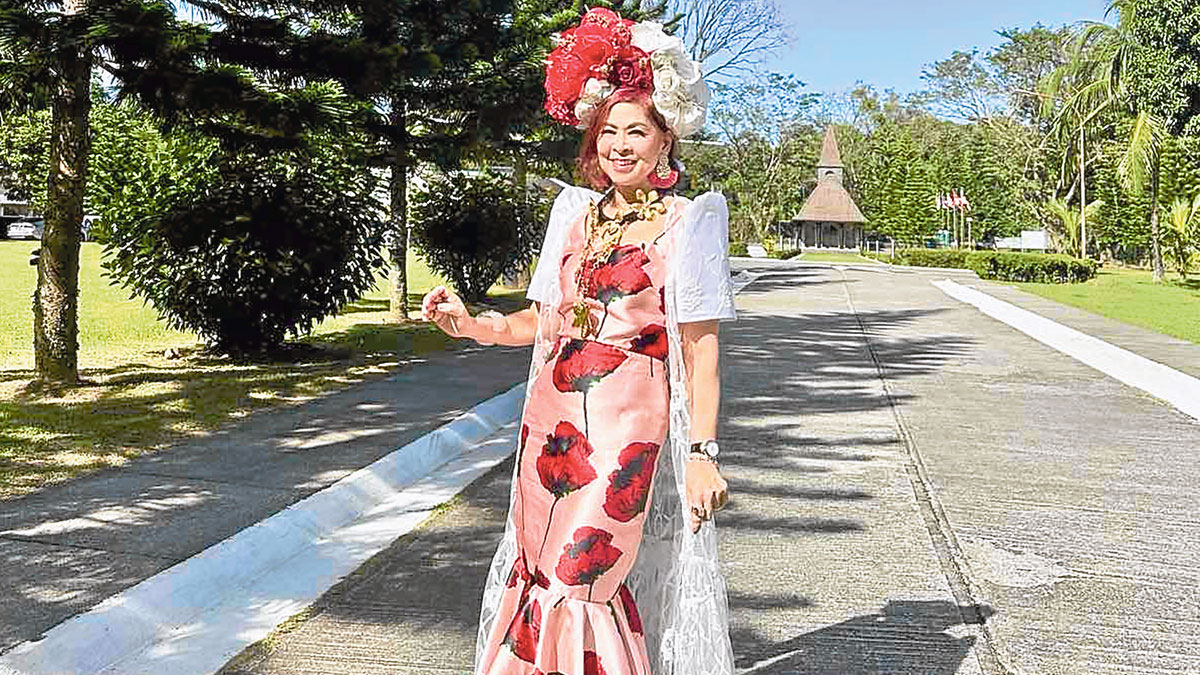People travel for a change of scenery. Here are seven ways to travel and change the scene—for the better.
For many Filipinos, the summer months are the best time for travel. Children are on vacation, there is less chance of monsoon weather, and the cool waters of the country’s sandy beaches are the best antidote to the hot sticky days. And thanks to OFW money, budget has become less of a major concern.
Last month, this travel writer was invited to the PATA Adventure and Responsible Tourism Conference in Bhutan. Over 200 travel professionals gathered to discuss the model of High Value Tourism, Low Footprints. The conference location could not have been more apt. Tourism is the second biggest source of revenue in this tiny kingdom. With the daily tariff of US$250 for tourists on peak season, many would assume it is an expensive travel destination. But of this fee, only US$65 goes to the government for the medical and educational needs of the population. The rest may cover hotel cost, land transfers, food, driver, and tour guide fees.
While it is an impressive economic model, the country too provides an excellent example for eco-tourism for its commitment to the environment. The Bhutanese have deep respect for their mountains, with the Himalayan ranges on the northern and western borders considered to be thrones of the gods. Considered sacred, these mountains are off-limits to climbers. It is no surprise that much of Bhutan’s forests and ecosystems remain intact. For every tree cut, ten are planted to replace it.
According to the conference’s keynote speaker Anna Pollock, CEO of DestiCorp UK and the founder of Conscious Travel, travelers and hosts working together can create a viable version of tourism that is “environmentally sustainable, socially just, and spiritually fulfilling.”
Pollock observes that travel was once a luxury enjoyed by the wealthy few. It is now a universal commodity. “In about 60 years, tourism has grown nearly 100 times from less than 10 million to 1 billion international overnight trips. That may sound like good news—and the growth is impressive—but there are signs that as an efficient economic engine, it’s running out of steam. At best, it’s producing diminishing returns; at worse, it contains within it the seeds of its own destruction.”
But there are ways by which we can change our habits and switch from being gawking tourists to responsible travelers, says Pollock. Here are seven ways to get started:
1. Make careful choices about the frequency, length and location of your trip
While creative marketing and budget carriers may entice us to enjoy short weekend trips, stop and think it through. Why not go for a longer holiday? Instead of quick weekend trips to Singapore for your fill of hawker fare, why not head on a five-day holiday extending by bus your trip to nearby Kuala Lumpur and Malacca. More bang for your bucks and less carbon footprint because you’re taking one long trip instead of several short ones.
2. Learn to explore by foot
Filipinos are spoiled when it comes to walking and we take the tricycle, pedicab and jeepney to deliver us smack on our doorstep. But while on holiday and with no work deadlines to think of, why not enjoy leisurely walk? It’s good exercise and also allows you to engage more with the local culture. The best reward for Filipino travelers is discovering more photo opportunities on the road, more exotic street food and sidewalk stalls offering fantastic buys
3. Select suppliers whose actions show that they run “places that care” for the environment, the employees, the host community as well as for the guest and investor.
The cheapest option is not always the best, when it comes to choosing a hotel, a restaurant, or a tour operator. Choose places that give back. Many hotels now have programs and tour groups geared to help their chosen causes. Green Discovery Laos gives sponsors an annual summer camp for underprivileged children in the forest to instill in them an appreciation for conserving the trees. Vietnam, Laos, and Cambodia have plenty of restaurants and cafes which are socially enterprises. In Hanoi, there’s Baguette & Chocolate just outside the Museum of Ethnology. You can rest your weary feet, sip a cappuccino and try Pain Au Chocolat and other breads made by disadvantaged youth.
4. Use transport modes that run on alternative energy
Opt to ride natural gas vehicles that use compressed natural gas (CNG) or liquefied natural gas (LNG) as a clean alternative to other fossil fuels. For more than a decade now, many taxi cabs in Bangkok run on natural gas. Over 500 taxis run on CNG in Singapore.
5. Buy food and souvenirs that are sourced and made by local residents, preferably using skills at risk of disappearing, and the services of local guides
Carefully inspect the souvenirs you intend to buy. You’d be surprised at how, even in an exotic destination like Uzbekistan, the key chains and shirts may still be made in China. Support the local artists and craftsmen. A Bhutanese woman may spend six months hand-weaving fabric. By purchasing even a small bookmark or intricate skirt material, you are helping their craft survive. Purchasing from local slipper makers in Liliw, Laguna and woodcarvers in Paete or in Baguio boosts the income of these artists.
6. Demonstrate humble curiosity—a conscious traveler will take the time to learn more about the community, the people and issues before, during and after their trips
Strive to learn from your holidays. Do your homework and learn about the place you are visiting. You will gain a deeper appreciation and understanding of the sights you’re planning to see. Furthermore, you can engage in stimulating and informed conversations with the locals.
7. Learn and respect local customs and traditions
Many travelers have become fixated on capturing stunning photos of their trips for their Facebook walls. While it is tempting to pose with Buddhist monks in saffron-colored robes in Southeast Asia, be mindful of your actions. Women are not allowed to come into direct contact with monks here, so don’t insist in a cozy group shot with them. Instead of shooting like ballistic paparazzi, kindly ask the monks or the locals if you can take their photos. Most of them will kindly oblige. Many temples, wats and mosques don’t allow photography. Respect this. Dress and act modestly, so as not to offend others.
Ultimately, it is the choices we make that define us as responsible tourists. Remember, most of the people you encounter on your trips will ask where you are from. They will likely forget your name, but remember you as a Filipino. Don’t give us a bad name. Act responsibly, and make a difference! •
For more golden delicious moments in food and travel, follow her on Twitter@theMaidastouch, read Maida’s blog, www.themaidastouch.blogspot.com or e-mail her at maida@maidastouch.com Maida Pineda is also the author of “Six Degrees of Expatriation: Uncovering Lives of Expats in Singapore” and “Do’s and Don’ts in the Philippines.” Maida has a Master of Arts in Gastronomy from Le Cordon Bleu and the University of Adelaide.










































